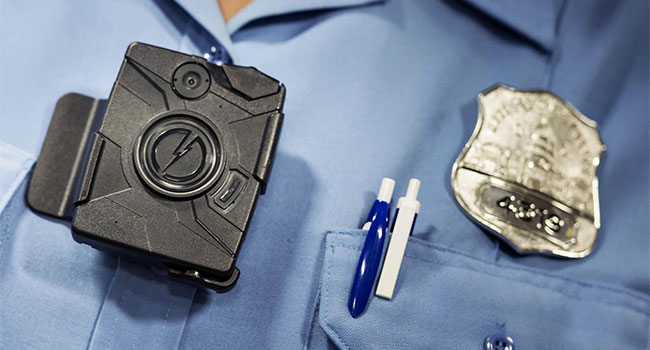
Body-mounted Camera Funding for Police Announced by Obama
- By Ginger Hill
- Dec 02, 2014
As tensions rise, demonstrated by the Ferguson protests and the Cleveland police shooting of 12-year-old Tamir Rice, so has the demand for video documentation of police activities. Even Michael Brown’s parents have recently announced a campaign “to ensure that every police officer working the streets in this country wears a body camera.”
In response, the White House has stepped in to pledge $263 million in new federal funding for body cameras and police training. Of the $263 million, though, only $75 million is specifically allocated for purchasing 50,000 body cameras for the approximate 750,000 police officers currently employed in America while the remaining $188 million will fund police instruction in the responsible use and handing of equipment such as assault rifles and armored personnel carriers as well as outreach programs to help built trust between local departments and their communities.
As we have seen, some police departments have already researched the possibility of body-mounted cameras. For example, Washington D.C. police began a six-month pilot program on October 1, 2014, adding cameras on the person of many local police officers.
Do you think this is good use of the White House’s dollars? Why or why not?
(Photo credit: BRENDAN SMIALOWSKI/AFP/Getty Images)
About the Author
Ginger Hill is Group Social Media Manager.